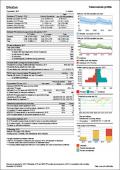What's New
Displaying results 941 - 950 of 4052
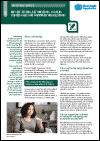
Resource | Publications,
Self-testing enables people to test themselves for HIV conveniently and in private. This new testing option may encourage more people to test themselves who previously held back from visiting a testing facility. Community- and faith-based organizations engaged in HIV prevention and care are learning about HIV self-testing in order to decide how best to use this approach within their work. This brief answers some frequently asked questions.
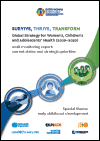
Resource | Publications,
The 2018 monitoring report for the EWEC Global Strategy for Women’s, Children’s and Adolescents’ Health (2016–2030) is based on data from 2017 and early 2018 for the 60 indicators in the EWEC Global Strategy monitoring framework. Dashboards in Annex 2 signal where progress is being made or lagging.
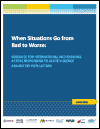
Resource | Publications,
As the violence directed at members of key populations most affected by HIV — gay, bisexual, and other men who have sex with men; people who inject drugs; sex workers; and transgender people — intensifies and becomes “acute” in many parts of the globe, this brief offers guidance to international and regional actors who wish to be part of an effective and coordinated response. International and regional actors who may benefit from this guidance include, but are not limited to, key population networks, governmental bodies, donors, embassies, security experts, nongovernmental organizations (NGOs), media, research institutions, United Nations (UN) agencies or offices, and human rights organizations operating globally or regionally.
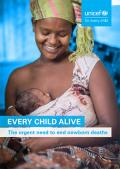
Resource | Publications,
Deaths among children aged one month to 5 years old have fallen dramatically in recent decades. But progress in reducing the deaths of newborn babies – those aged less than one month – has been less impressive, with 7,000 newborns still dying every day. This is partly because newborn deaths are difficult to address with a single drug or intervention – they require a system-wide approach. It is also due to a lack of momentum and global commitment to newborn survival. We are failing the youngest, most vulnerable people on the planet – and with so many millions of lives at stake, time is of the essence.

Resource | Publications,
The 2017 annual report of the flagship programme initiative, Making Every Woman and Girl Count (MEWGC), provides an overview of the key achievements during the reporting period, including a review of activities and progress in implementing the MEWGC programme at the global, regional, and national levels. It also contains an update on resource mobilization and advocacy, a review of challenges and lessons learned, and a brief overview of global-, regional-, and pathfinder country–level plans for the forthcoming year.
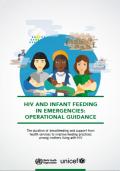
Resource | Guidelines,
This operational guidance is based on a consultation convened by the World Health Organization, the United Nations Children's Fund and the Emergency Nutrition Network in Geneva in September 2016, which brought together a cross-section of senior-level participants from United Nations agencies, government, nongovernmental organizations, academia, and other agencies working in nutrition and HIV in emergencies. This document sets out basic principles related to HIV and infant feeding in emergency settings, and the actions that government and other stakeholders can take to prepare for emergencies.
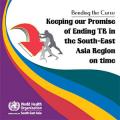
Resource | Publications,
The fight against TB is integrally linked with the region's broader aspirations for health and development. TB sits at the intersection of health and development – the poor are exceptionally afflicted by TB, and up to four times more than those in the highest income bracket. TB perpetuates poverty by debilitating those with disease, often in the most productive years of age. It is estimated that TB patients in low and middle income countries face expenditures equivalent to more than 50% of their annual income in fighting this disease.
With the adoption of the Sustainable Development Goals (SDGs) by the United Nations, all countries are now committed to "end TB" which essentially means at least a 90% reduction in TB mortality and 80% reduction in TB incidence by 2030. This needs a paradigm shift in strategies that we use to address TB. While the global goal of Ending TB has received political support, the reality is that the current pace of progress in the Region is too slow – and by several orders of magnitude in most countries – to reach the End TB targets.
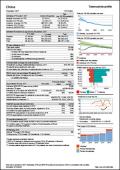
Resource | Reviews and Snapshots,
Tuberculosis country profiles are generated automatically based on data reported by countries and which are held in WHO's global TB database.
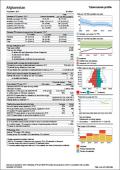
Resource | Reviews and Snapshots,
Tuberculosis country profiles are generated automatically based on data reported by countries and which are held in WHO's global TB database.






